Metroidvania: 5 Things Metroid Does Better Than Castlevania (& 5 That Castlevania Is Superior At)
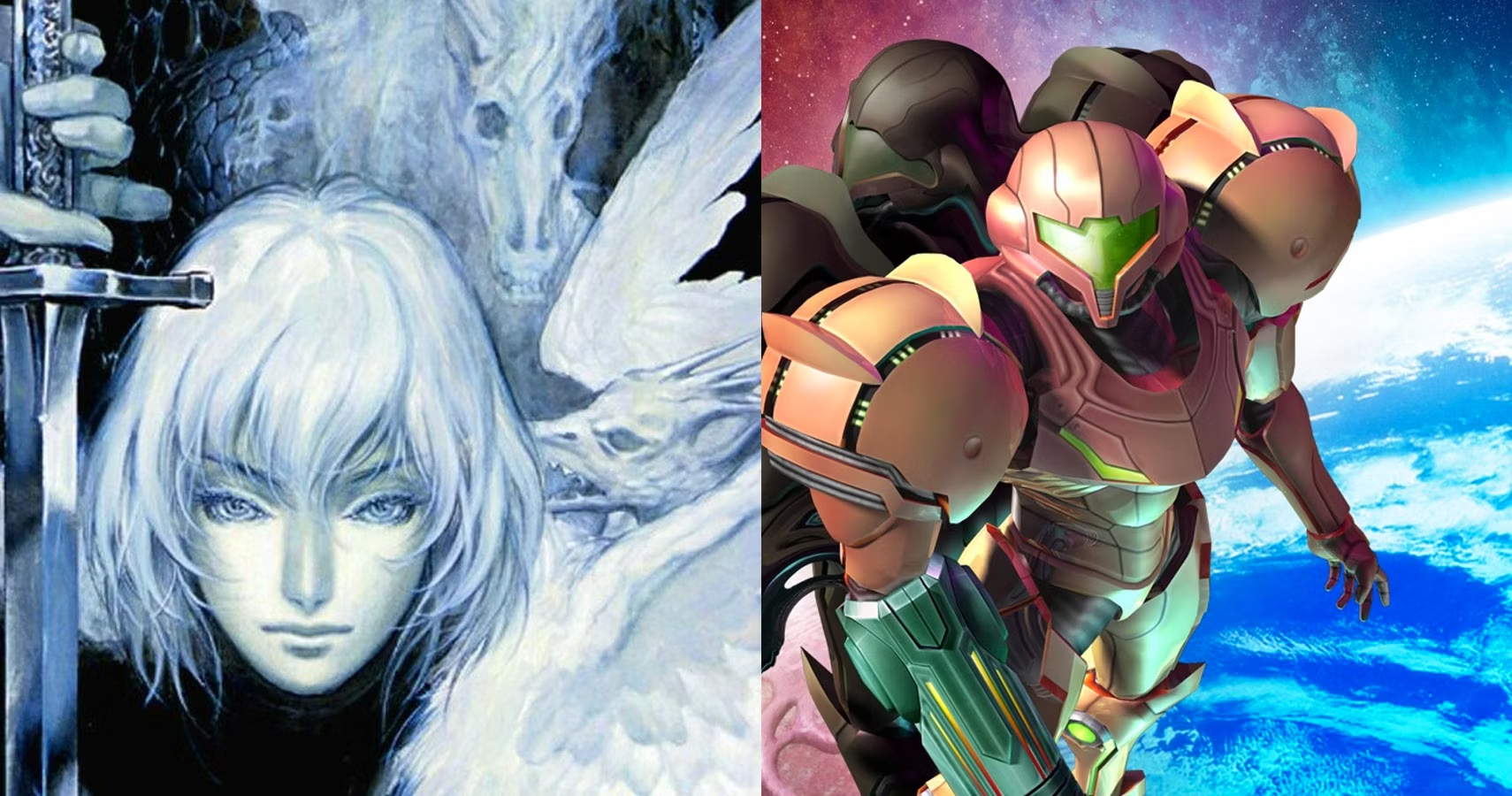
Metroidvanias are getting increasingly popular among the indie crowd of creators. It's great for fans of the genre in a world where two of the originators, Metroid and Castlevania, aren't as strong of brands as they once used to be. They're not completely dead, but that will be discussed below.
What made these two series so unique and what makes them different? Well, first of all, a Metroid like game revolves around the principle of exploring one giant, interconnected map, which continually opens up as new tools and or powers are introduced. Castlevania: Symphony of the Night copied this formula and introduced RPG elements to it. That's the basic origins, but there is more to it so let’s dissect both series further.
10 Metroid: Samus Aran
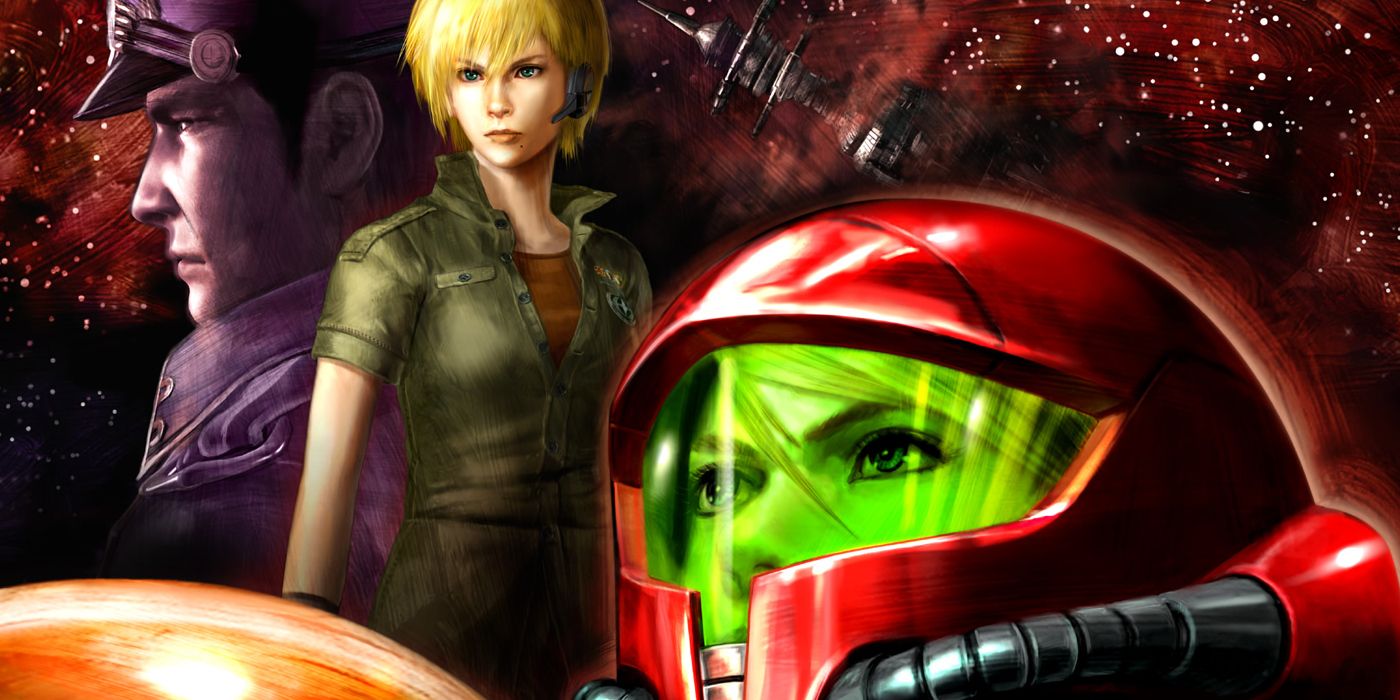
Samus was one of the first big iconic female leads in a video game. Yes, female heroes existed before. Hello, Ms. Pac-Man. There was something special about Samus in the gaming space at the time though. To have nearly every game be about her is also worth applause. There is one stipulation. Let’s forget about Metroid: Other M. That wasn’t the greatest test of her character.
9 Castlevania: The Belmonts
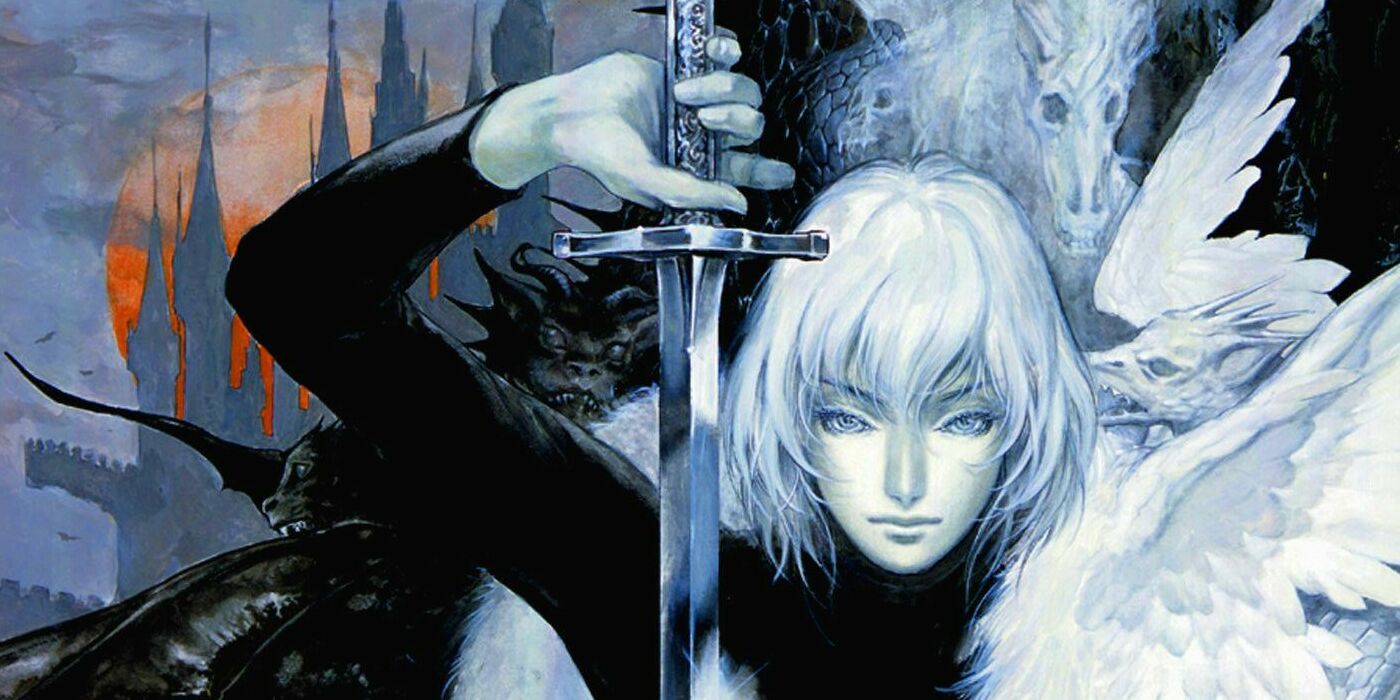
As great as it is to have one character be the driving force in a series, Castlevania can be applauded for having a diverse set of characters. The Belmont family is cursed to slay Dracula through the ages from ancient times to something more modern like in Aria of Sorrow. No, not all heroes in these games are from their clan. In fact some of the best, like Alucard, aren’t and yet they still have strong bonds with them. Bonds that remain strong through time be it male, female, vampire, or even a pumpkin.
8 Metroid: That Sense Of Dread
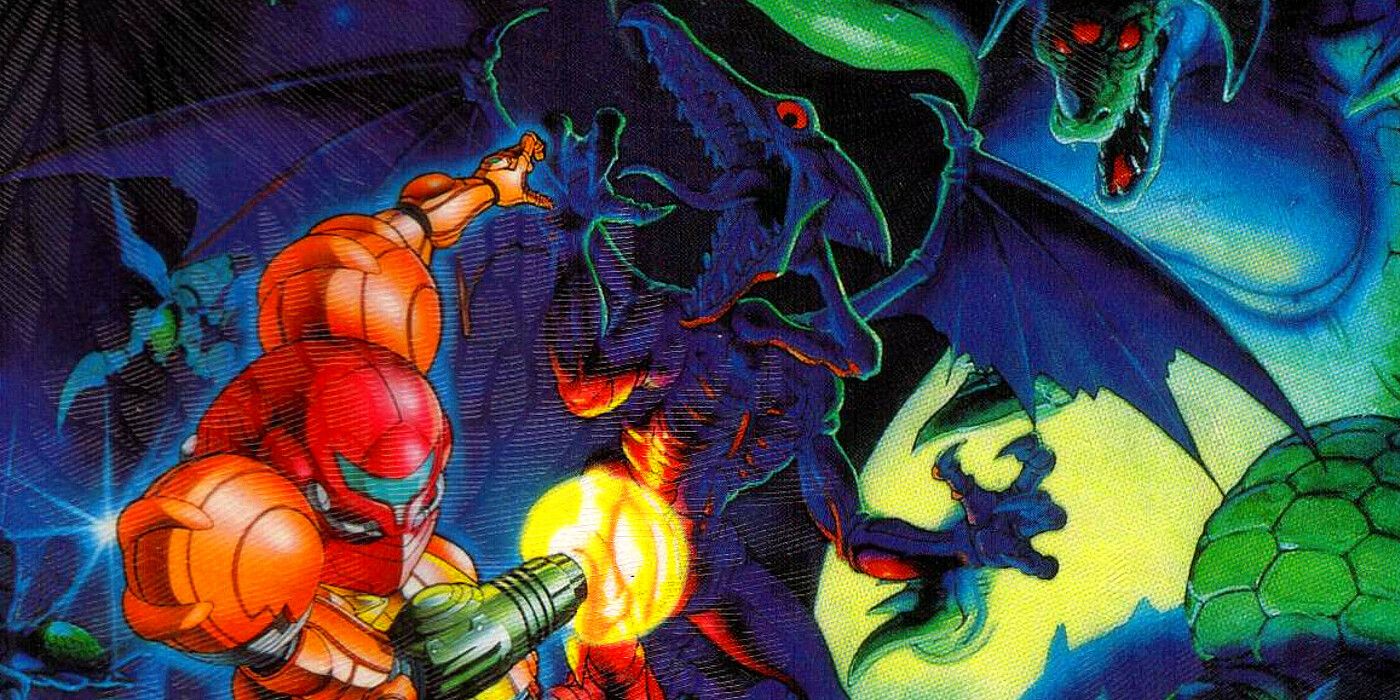
Castlevania should be scary. It’s about fighting monsters in a cursed castle. That said Dracula’s castle is never spooky. Everything is rather upbeat. The same is not true for Metroid.
Samus is rarely aided by anyone besides herself. Her atmosphere is steeped with dread, never knowing what will be around the next corner. Super Metroid is the best example of this. As this series is inspired by Alien, one would hope it learned some of the suspense.
7 Castlevania: The Music
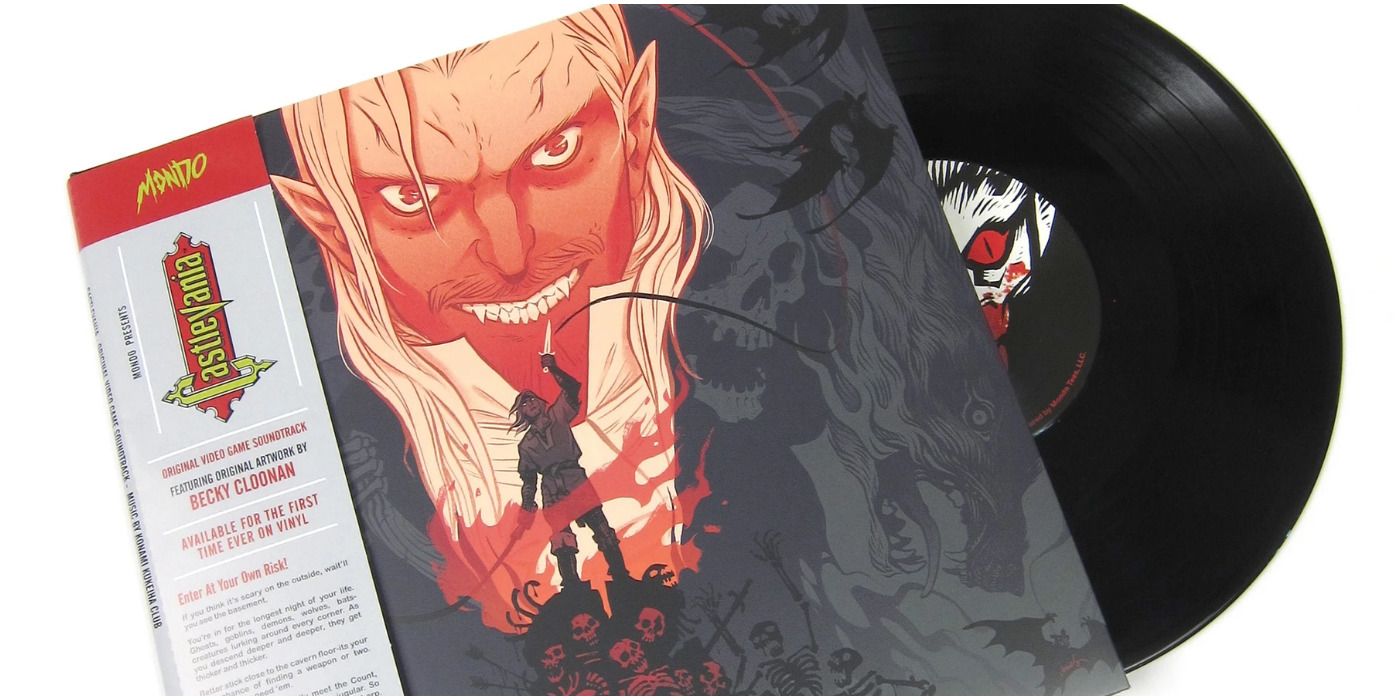
The main theme from Metroid is a classic, but can anyone honestly name another tune as catchy from that series? No. The music isn’t bad, but to go along with the previous entry it aids in the ambiance more so than it is fun to listen to on its own. Castlevania, on the other hand, rocks, literally. “Vampire Killer” and “Bloody Tears” are two of the best songs from the NES generation, but the music continued to be a stellar, key part of the franchise beyond that.
6 Metroid: True 3D
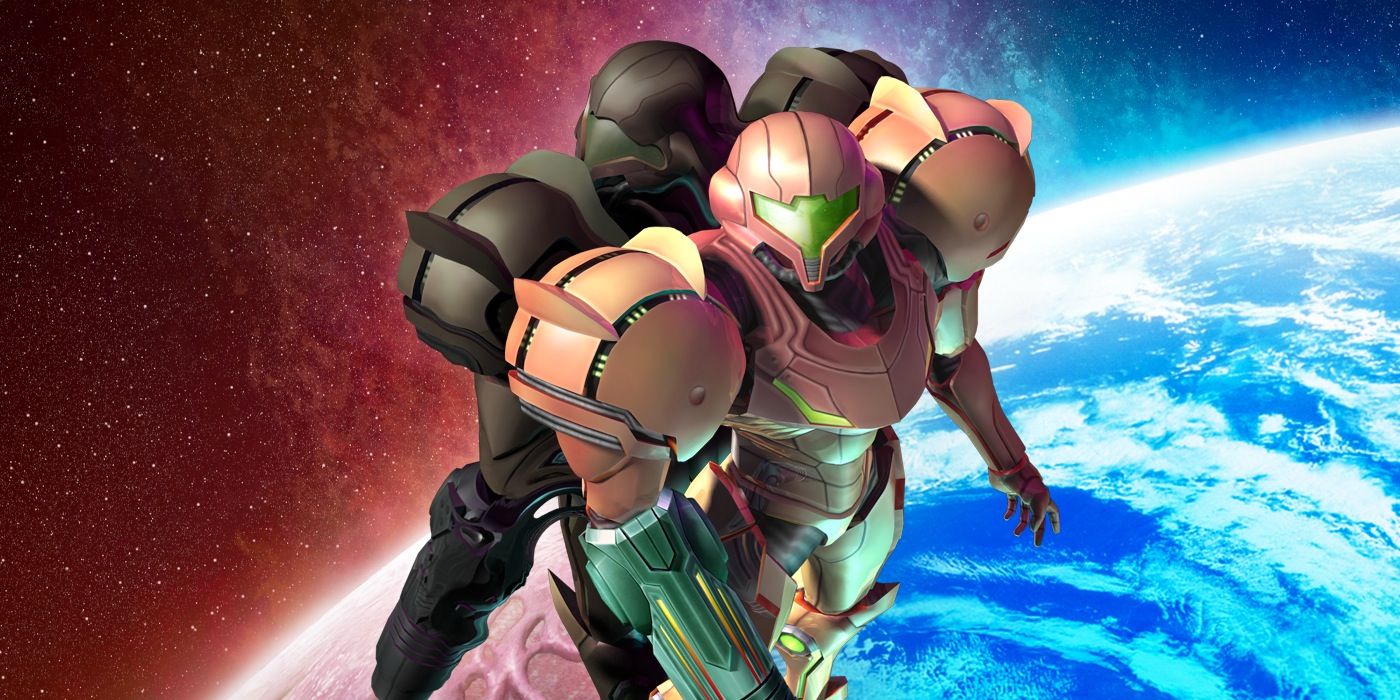
The move from 2D to 3D was not easy for many franchises in the 90s. Castlevania on the N64 is notoriously bad. There are good 3D renditions in the series past that, but even by that standard they are nowhere near as beloved as the first Metroid Prime.
Getting Retro Studios to work on it was a stroke of genius on Nintendo’s part even though the idea to turn Metroid into a first-person shooter seemed crazy at the time. Turned out to be pretty okay though to put it mildly.
5 Castlevania: More Than Guns
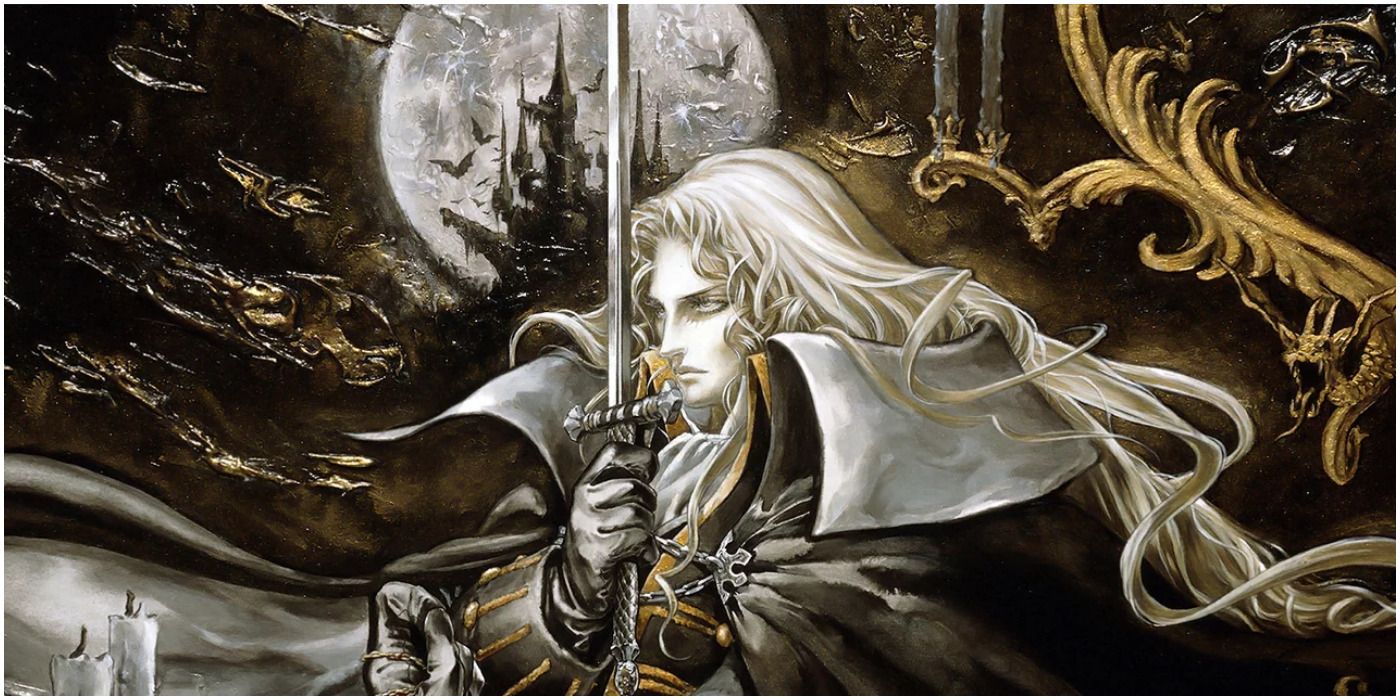
Samus’ trusty arm canon is iconic, but just shooting things can get old. That’s where Castlevania shines. From classic whips to swords to magic spells, fighting enemies rarely got old even during the grind for experience points. Well, that is to say it eventually got better as the originals were all pretty one note. Symphony of the Night changed everything for both its series and by helping create the Metroidvania genre as a whole.
4 Metroid: Modern Inspirations
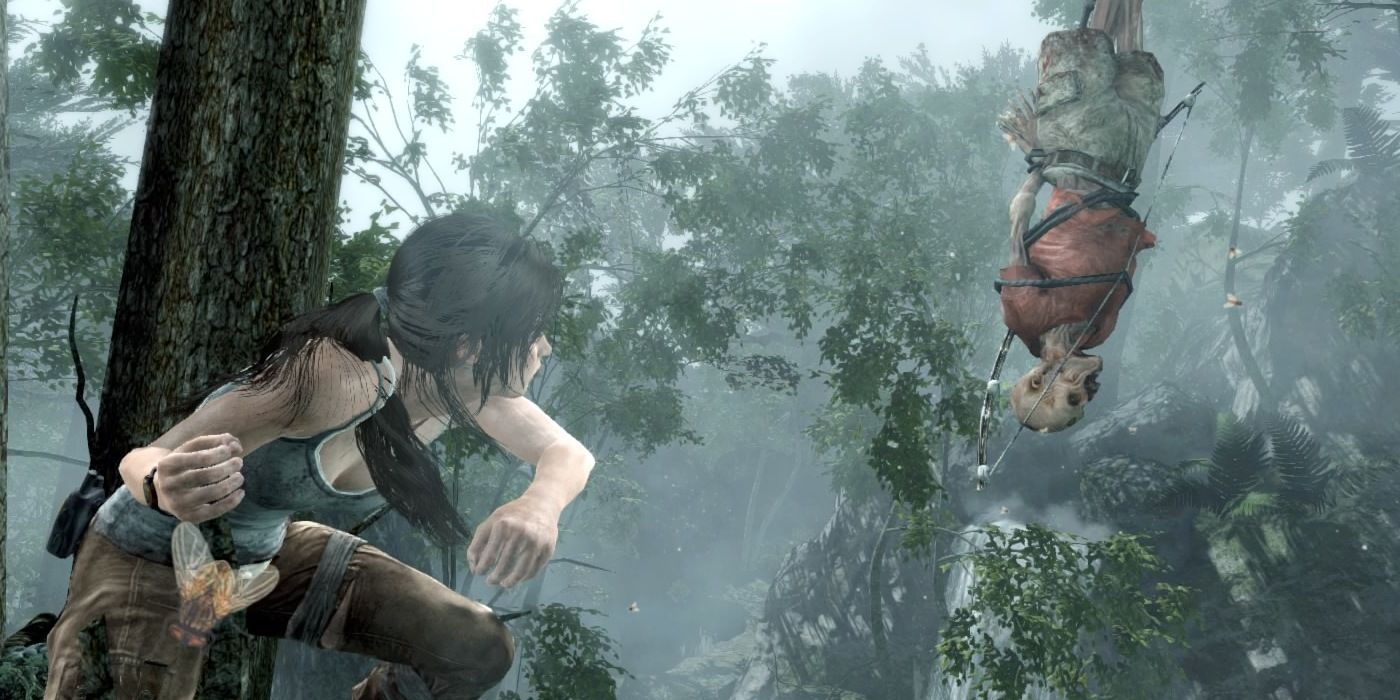
Metroid’s 3D aspirations go beyond Metroid Prime. Many, more modern, games could be considered Metroidvanias, falling more on the Metroid side of things. The 2013 reboot of Tomb Raider and Batman: Arkham Asylum come to mind. Think about it. Both games are set in one area where the player unlocks new tools in order to progress and backtrack to open new pathways. There aren’t too many RPGs that do that on the Castlevania side of things.
3 Castlevania: RPG Mechanics
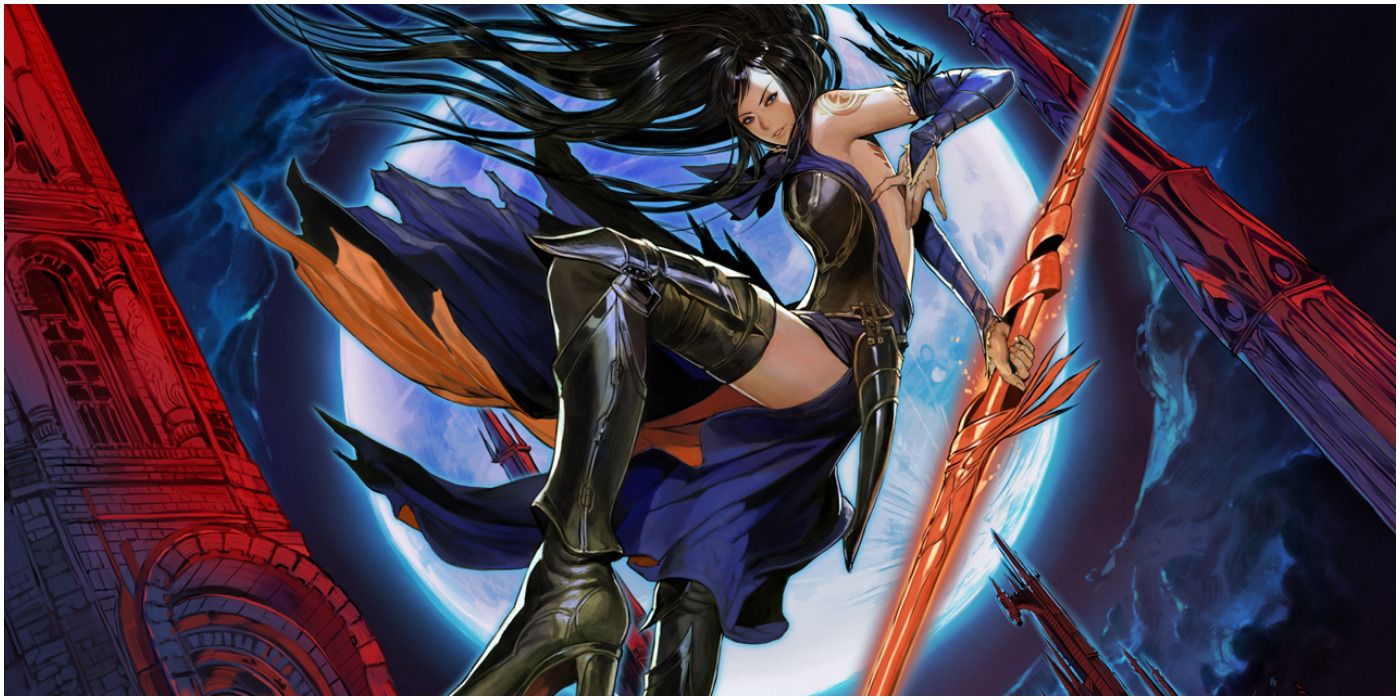
Speaking of RPG mechanics, let’s go back to Symphony of the Night. What made that game special was the Metroid like aspects of the gameplay, which were, pardon the pun, leveled up with this game.
See, prior to this Castlevania games were level based and could be described as action platformers. With this game players still got powers to help with progression, but they also leveled up, earned money to buy things, got equipment from fallen enemies, and the list goes on. It provided so much more replay value to the formula.
2 Metroid: The Future
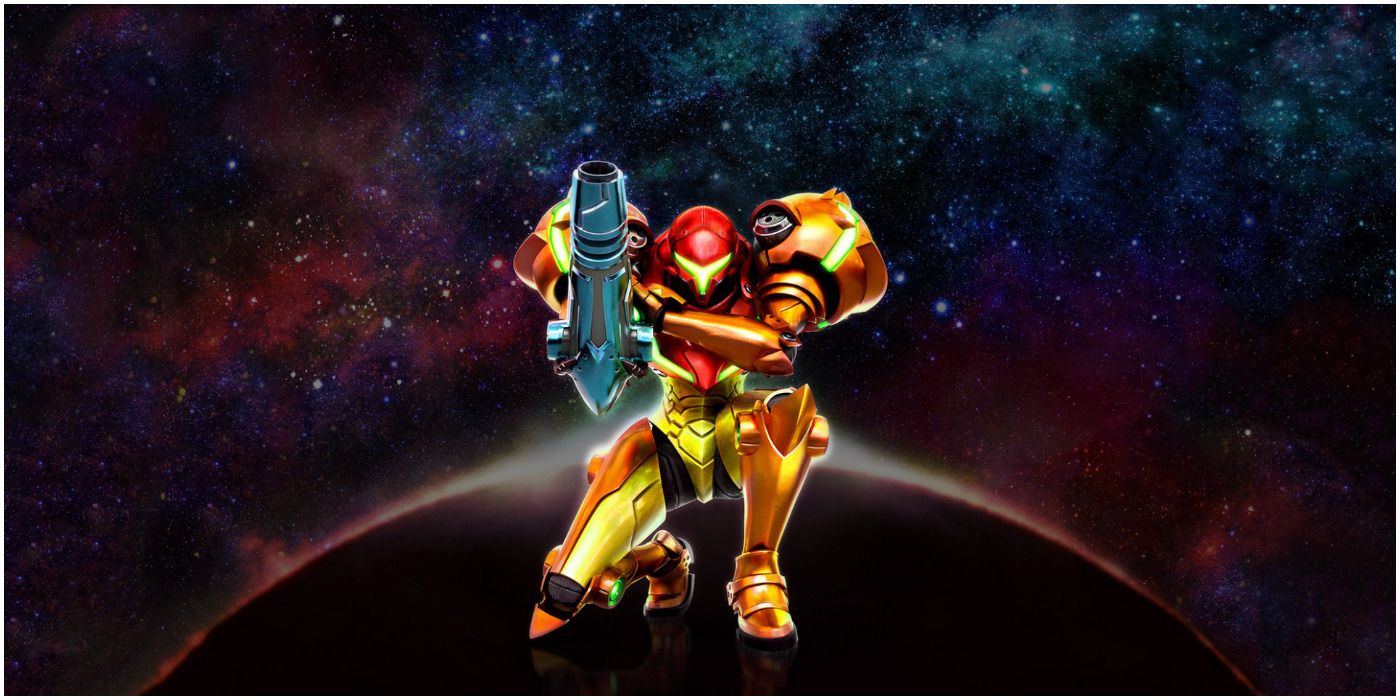
Right now Metroid is the only series with a new game in the works aka Metroid Prime 4. Not counting last year’s retro collection, the last new console game was Castlevania: Lords of Shadow 2 in 2014, which was met with mixed reception. The last Metroid game was a remake, true, but Metroid: Samus Returns in 2017 was a worthy “new” entry. The point is the future is still bright for this series. Hopefully it doesn’t get canceled and or delayed again.
1 Castlevania: The Anime
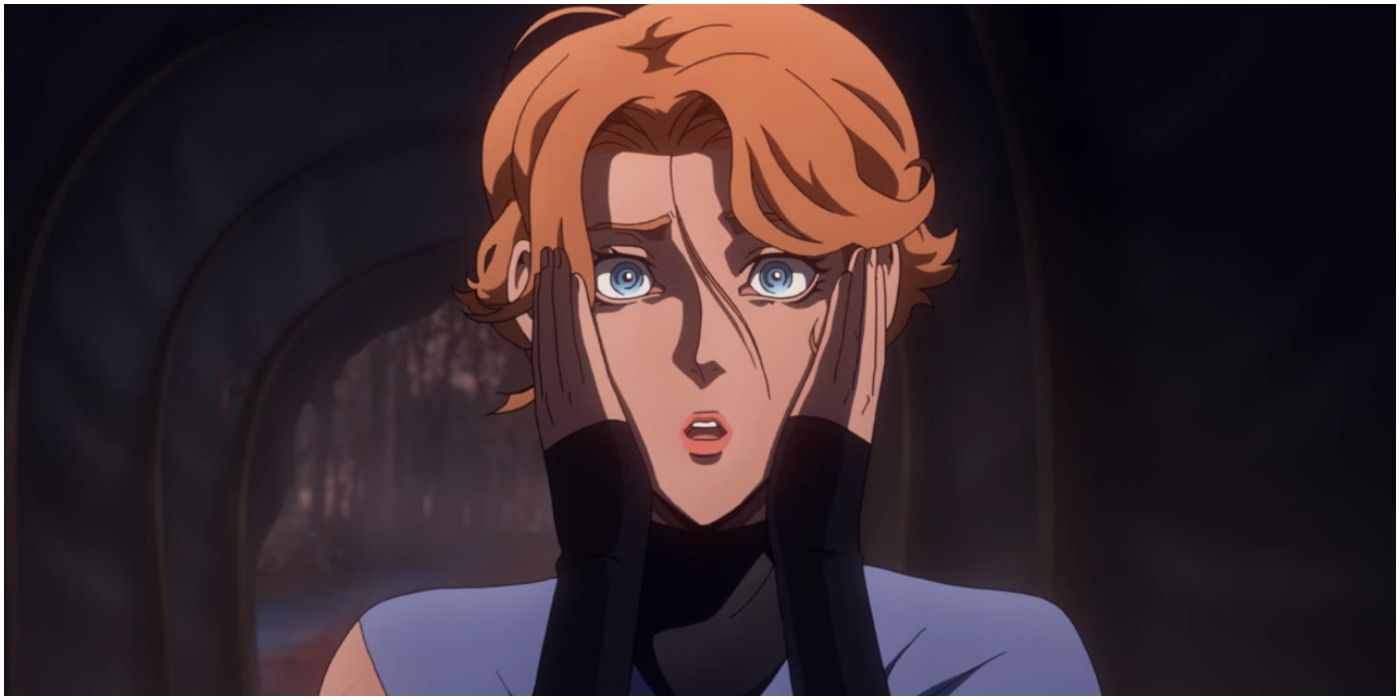
While the game side of the franchise is bleak for consoles, Castlevania remains a vibrant name thanks to the Netflix anime. It started in 2017 and now has three seasons including getting the green light for a fourth. It’s not only a great adaptation of the third game and series as a whole, but it marked a turning point for all video game adaptations. It is universally beloved by fans and press alike. Where is Samus anime? Oh right, she doesn’t have one. Netflix, get on that!

Post a Comment